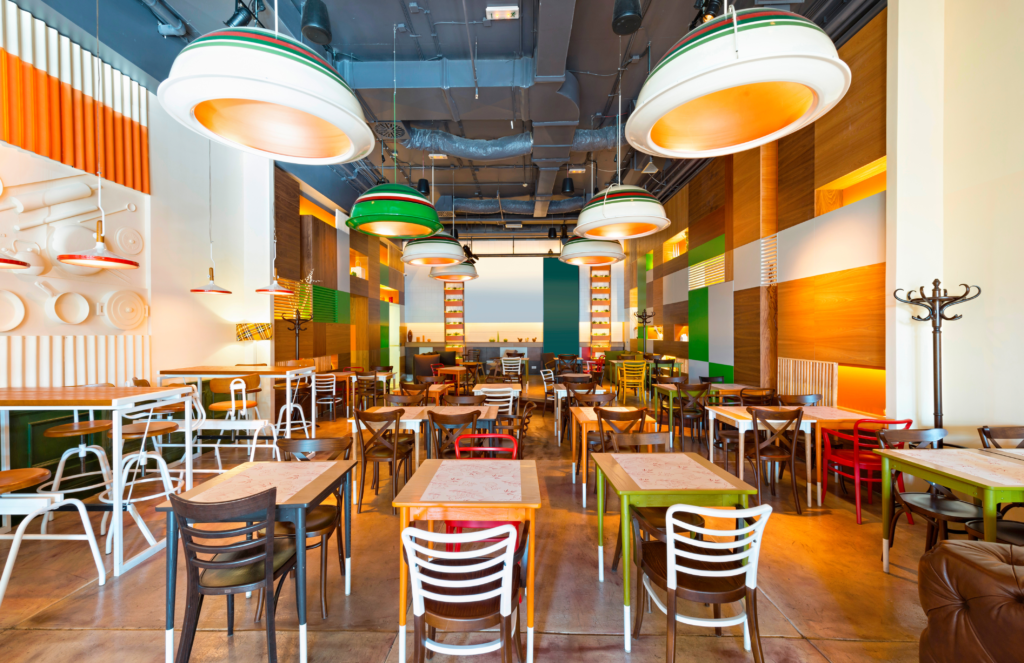By the time COVID struck in 2019, consumers were already drawing a black line between dining for experience and just eating. Full-service, chef-driven concepts were already losing favor as demand for convenience and speed continued to grow. Cooking meals through a recipe from raw ingredients had already taken third place as cost and quality were regularly losing to convenience. Over the years, there have been plenty of articles written comparing the cost of eating out to the cost of cooking at home and the consensus (among the writers and/or behavioral researchers at least) is overwhelmingly in favor of paying someone else to cook.
In the mid to late 1990s, concepts like eatZi’s Market and Bakery, Balducci’s, and FreshMarket sought to offer “re-heatable”, homestyle (if not gourmet-ish) take-home meals which began to irritate grocery chains and yield market share. It didn’t take long for the higher-end grocery chains that already offered quality home-meal-replacements – like Wegmans, Harris Teeter and Central Market – to get a growth boost, while mighty mainstream chains like Publix, Kroger, and Safeway, planned their response. By the late 2000s and early-to-mid 2010s, quality and price were the names of the game in, giving the big players a window to respond. Their aim was to claw back lost market share by dedicating more square footage to in-house preparation capacity and hot or pre-assembled food merchandising …and less to raw ingredients.
Through the 2010s the abundance of options available to NOT cook at home continued to rise through third-party home delivery services like GrubHub, Uber Eats, and DoorDash. Gas stations and convenience stores couldn’t resist all of that cheese and either graduated from roller dogs to made-to-order menus (QuikTrip, Kangaroo,etc.) or expanded through increased demand for what they already offered (Wawa, Sheetz, Buc-ee’s, etc.). While the expansion of takeout and delivery opportunities may not have happened in a perfectly straight line, to say that COVID was THE monster catalyst that sparked it is not really accurate. It was already happening, so at most, the pandemic just accelerated what was coming anyway. With that in mind, below are current trends that were already unfolding but got fast-tracked by the pandemic:

- Increased Takeout and Delivery: Dining restrictions and safety concerns leftover from COVID notwithstanding, many people have learned to love the convenience of ordering ahead as fast casual concepts like Chipotle have altered their layouts and parking lots to improve the pick-up experience. COVID provided the fertile ground to expose more people to it as an option and it sticks beyond it.
- Emphasis on Safety and Hygiene: The big delivery push from a few years ago exposed food safety concerns as up to 80% of food delivery drivers admit to grazing on the food they’re delivering. Other factors that make consumers choose pickup over delivery are the often-poor condition of the food when it arrives and the often-long wait time as drivers try to maximize the number of deliveries they can make in one circuit.
- The Mezzanine Option: Between the drawbacks of having meals delivered and paying extra for dining out (tips, valet, higher prices) a third niche evolved. Traditional full-service-only restaurants (Cheesecake Factory, Chili’s, Jim-n-Nick’s, etc.) are pursuing, with great success, consumers wanting quality food with almost as much convenience as having it delivered. Not all food travels well but some foods, like pasta and burgers, can survive the kind of short trip afforded by curbside pickup.
- Longer Outdoor Dining Seasons: Dining al fresco has always been popular but colder and moderate regions have struggled to justify investing in too much outside dining space. Once the need for ventilation and social distancing subsided, it was reasonable to assume that diners would revert to inside-only dining when the leaves started to turn. Not so. Perhaps folks’ skin got thicker, or they learned to dress warmer to eat outside when the restaurant would normally shut their patios down for the winter. Whatever the reason, into late fall and starting before spring, it’s more common than ever for the host to ask, “inside or out?” Restaurants are finding new revenue by investing in some portable heaters, expanding their outside seating areas, and even upgrading décor and furnishings to improve the experience.
- Larger Shared or Small Plates Menus: The traditional three-meals-a-day dining pattern has been in steady decline for a couple of decades. Restaurants continue to increase the size of their appetizer or small plate menus after seeing more folks assembling satisfying meals without going near the entrée sections. Also, with labor and commodities costs at all-time highs, a shift toward smaller portions, and shared items is helping to defray higher costs to consumers of dining out.
- ocus on Health and Immunity: As more research into the daily diet’s role in causing “inflammation” – and the ensuing damage to cells and likely longevity – restaurants that serve foods made with honest ingredients, in-house, and with skill are in demand…but the source is no longer the domain of chef-driven, full-service restaurants. Today, fast-casual concepts like CAVA, Sweetgreen, and (believe it or not) Panera Bread feature items made with fresh produce and whole foods that provide mainstream options to thwart inflammation and boost immunity. COVID turned these buzzwords into serious problems with consequences for ignoring them.
Just as World War II accelerated the evolution of products that we take for granted today (penicillin, radar, jet engines, etc.), COVID gave a shove to dining behaviors and accompanying innovations that were already moving. They just got here faster than they would have organically. COVID wasn’t the catalyst…just the accelerant.
